Disclosure: This article contains affiliate links. We may earn a commission from purchases at no extra cost to you, which helps our travel content.
Standing in Sibiu's Grand Square (Piața Mare) as autumn leaves dance around centuries-old buildings, I'm struck by how this Transylvanian gem balances its Saxon heritage with a forward-looking culinary identity. My urban planning background always draws me to cities that preserve their cultural core while embracing innovation—and Sibiu exemplifies this perfectly. Named European Region of Gastronomy in 2019, this medieval fortress city has transformed into Romania's gastronomic heart without sacrificing authenticity. The fall harvest brings a special energy to the cobblestone streets, with local producers displaying nature's bounty against a backdrop of ochre-colored buildings with their distinctive 'eyes'—the city's famous roof windows that seem to watch your every move. As someone who's explored culinary scenes from Glasgow to Albuquerque, I can confidently say that Sibiu offers one of Europe's most underrated food experiences—where hearty Transylvanian traditions meet contemporary techniques in a dance as old as the city walls themselves.
Morning Markets: Where Tradition Meets Fresh Produce
My culinary exploration of Sibiu always begins where the locals start their day—at the bustling Cibin Market (Piața Cibin). Arriving early on a crisp autumn morning, I found myself immersed in a sensory symphony that tells the story of Transylvania's agricultural richness better than any guidebook.
The market's layout reflects centuries of trading tradition, with an impressive diversity of local producers arranged in sections that make navigation intuitive even for visitors. What struck me immediately was the generational knowledge exchange happening at every stall—elderly women in traditional headscarves teaching younger vendors the proper way to display their wares, ensuring cultural practices continue.
'These peppers are grown using seeds my grandmother saved,' explained Maria, a third-generation farmer who offered me a slice of her intensely flavorful red pepper. The sweet-smoky taste was unlike any pepper I'd encountered in Glasgow or the American Southwest.
Fall is particularly magical here—mountains of pumpkins and squashes in varieties I'd never seen before, alongside forest mushrooms foraged from the Carpathian woodlands. The brânză de burduf (pine bark-aged cheese) is a must-try, its sharp flavor profile developing complexity through traditional aging methods that date back centuries.
Photographing the market proved challenging with just my smartphone, making me wish I'd brought my mirrorless camera to capture the vibrant colors and textural contrasts of the produce against ancient stone surroundings.
What makes Cibin Market special isn't just the produce—it's how it serves as a community hub where urban planning principles I've studied come alive. The market creates a natural gathering space where economic activity, cultural preservation, and social interaction coexist perfectly, demonstrating how traditional commerce remains relevant in our digital age.
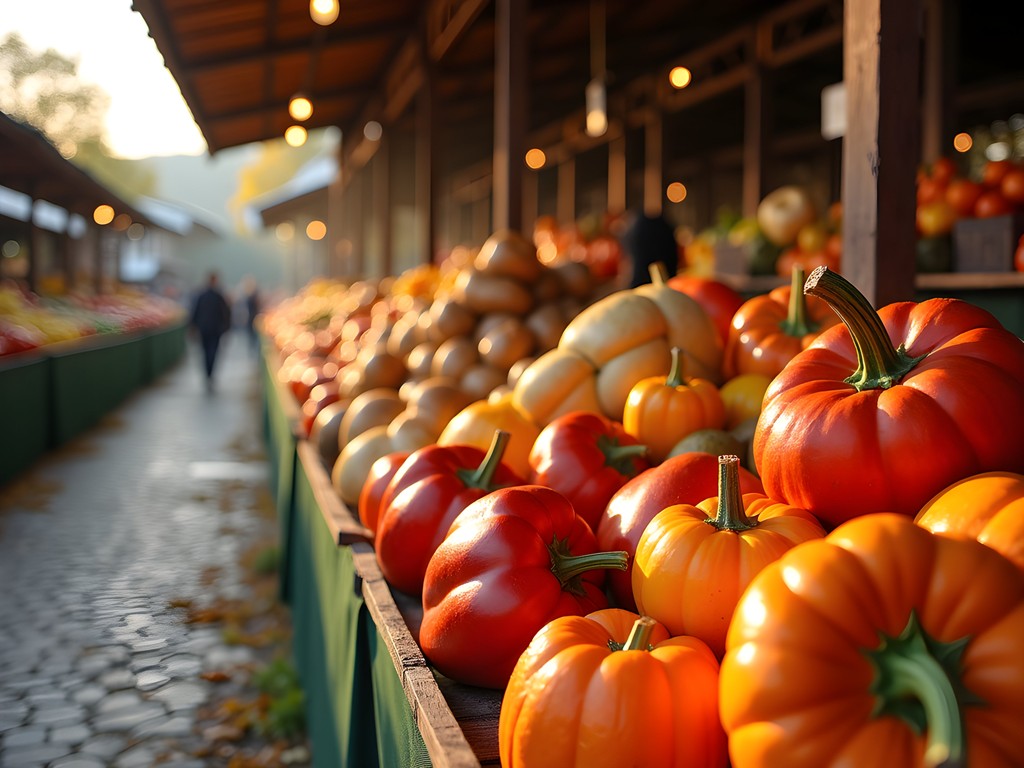
💡 Pro Tips
- Arrive before 9am to see the market at its bustling best and access the freshest produce
- Bring small Romanian lei notes as many vendors don't accept cards or large bills
- Look for homemade zacuscă (vegetable spread) in recycled jars—it's the perfect edible souvenir
Coffee Culture: Sibiu's Third Wave Revolution
If you'd told me five years ago that Sibiu would develop a specialty coffee scene rivaling major European capitals, I might have been skeptical. Yet here I am, sitting in Arhiva de Cafea și Ceai, watching a barista meticulously prepare my single-origin Ethiopian pour-over with the precision of a scientist.
Sibiu's coffee renaissance represents exactly what fascinates me about urban development—how global trends adapt to local contexts while respecting heritage. The city's coffee shops have ingeniously repurposed historic buildings, creating spaces where centuries-old architecture frames thoroughly modern brewing methods.
At Pardon Café, housed in a 15th-century building near Lesser Square (Piața Mică), the contrast between vaulted Gothic ceilings and sleek La Marzocco espresso machines creates a uniquely Sibiu experience. The owner, Adrian, explained how challenging it was to install modern plumbing and electrical systems while preserving the building's historical integrity—a perfect metaphor for Sibiu's balanced approach to progress.
'We want to honor our heritage while participating in global conversations about quality,' Adrian told me as he served a perfectly executed flat white alongside a traditional plăcintă cu brânză (cheese pastry).
What makes Sibiu's coffee culture special is how it's become a catalyst for broader urban revitalization. These cafés don't just serve excellent coffee; they've created community spaces where locals and visitors exchange ideas, remote workers establish temporary offices, and cultural events find welcoming venues.
As someone who often works while traveling, I've found these spaces invaluable. My noise-canceling headphones have been perfect companions during my café working sessions, allowing me to focus when needed while still absorbing the ambient energy of these vibrant spaces.
Don't miss The Refresh Specialty Coffee, where the minimalist Scandinavian-inspired interior contrasts beautifully with the medieval surroundings, and where the baristas can discuss coffee terroir with the same expertise as wine sommeliers discuss vineyards.
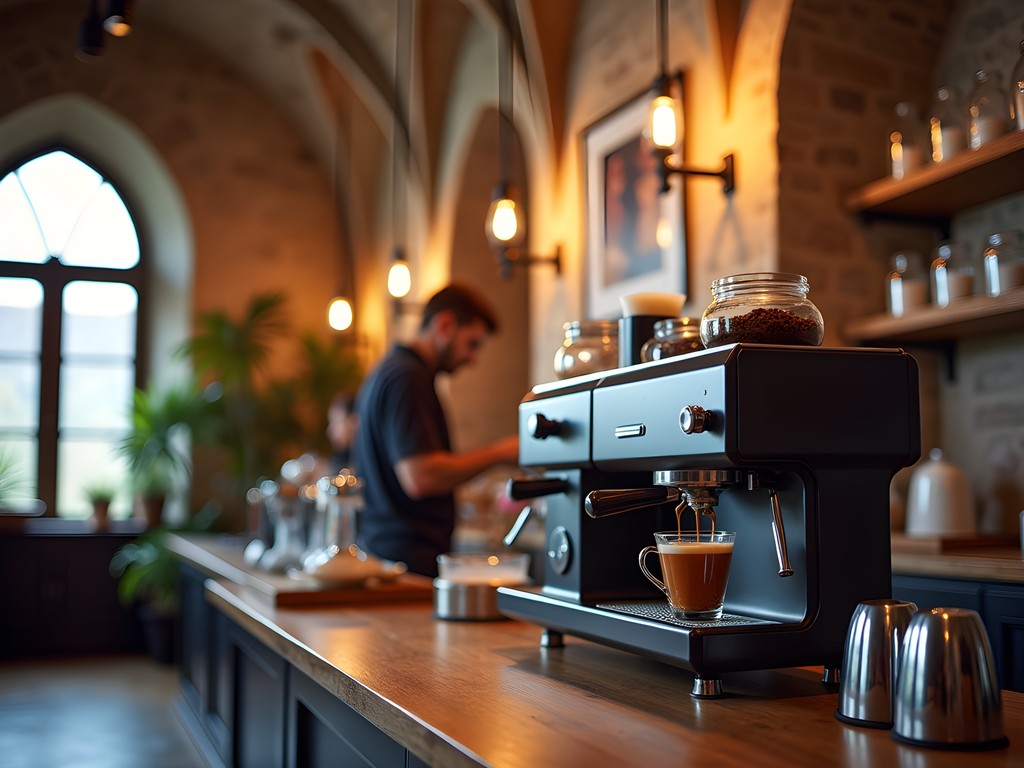
💡 Pro Tips
- Most specialty cafés open around 8am—perfect for early risers
- Ask baristas about locally roasted beans—several shops sell packages for home brewing
- Try the 'Coffee and Culture' pairing at Arhiva, where coffee is matched with traditional Romanian sweets
Traditional Transylvanian Cuisine: Beyond the Dracula Myths
Let's address the vampire in the room—yes, we're in Transylvania, but Sibiu's culinary identity goes far deeper than Dracula-themed tourist menus. The region's true gastronomic heritage reflects centuries of cultural exchange between Romanian, Hungarian, Saxon, and Roma influences, creating dishes that tell complex historical stories through flavor.
My first truly authentic Transylvanian meal happened at Crama Sibiul Vechi, a cellar restaurant housed in a 14th-century building. Descending the narrow stone staircase felt like traveling back in time, the temperature dropping noticeably as I entered the candlelit dining room with its massive wooden tables and copper cookware hanging from stone walls.
The ciorbă de burtă (tripe soup) initially challenged my comfort zone—growing up in Glasgow, offal wasn't a regular feature on our dinner table. Yet the rich, sour broth with its garlic and sour cream harmonized perfectly with the tender tripe, demonstrating how traditional cuisines often utilized entire animals for sustainability long before 'nose-to-tail' became a modern culinary trend.
The star of Transylvanian cuisine is undoubtedly tochitura—a robust pork stew served with mămăligă (polenta), fried eggs, and brânză (sheep cheese). At Casa Românească, their version includes four different cuts of pork, each bringing unique textures and flavors to the dish. The restaurant's matriarch, Doamna Florica, explained how the recipe has remained unchanged for generations, with cooking times adjusted seasonally based on the pork's fat content.
What fascinates me as an urban planner is how these traditional restaurants maintain authenticity while adapting to contemporary dining expectations. At Kulinarium, chef Alex Faur pairs traditional techniques with modern presentation, serving sarmale (cabbage rolls) deconstructed with molecular gastronomy elements—yet the essential flavors remain true to his grandmother's recipe.
For those wanting to explore Romanian wines alongside traditional cuisine, I found my wine journal invaluable for noting the distinctive characteristics of local varieties like Fetească Neagră and Tămâioasă Românească—grapes you're unlikely to encounter outside Eastern Europe.
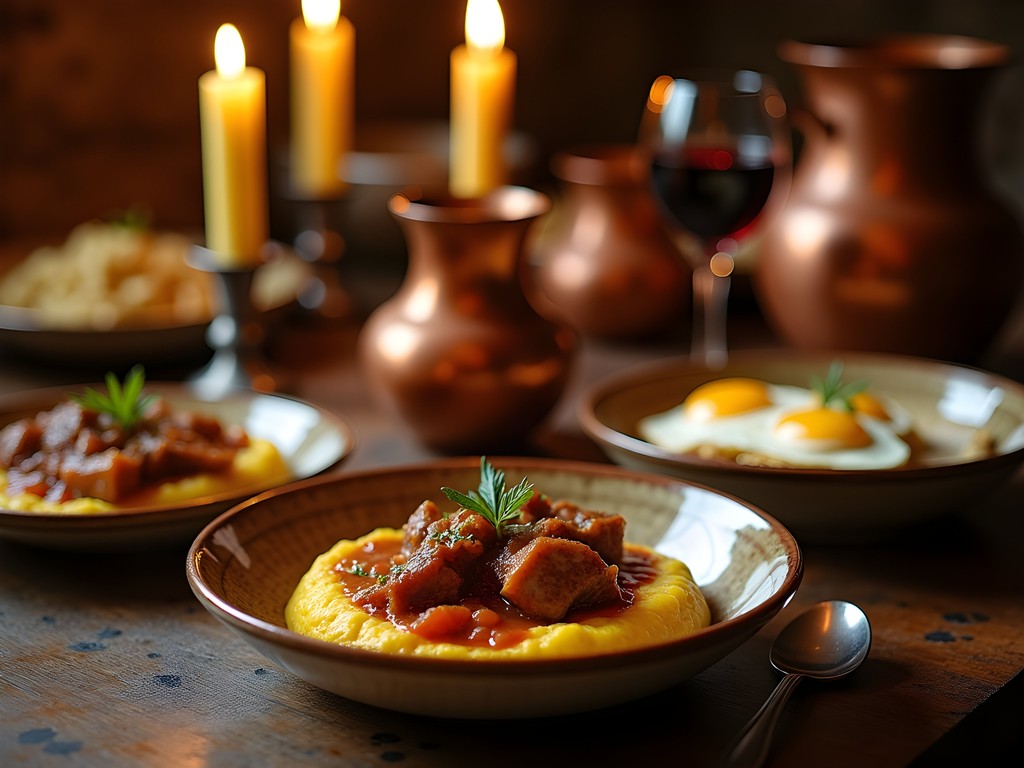
💡 Pro Tips
- Reserve restaurants in advance—the most authentic places are small and fill quickly
- Order 'mixed platters' when available to sample multiple traditional dishes in one meal
- Ask about seasonal specialties—autumn brings game dishes and mushroom-focused meals not available year-round
Sweet Traditions: Sibiu's Pastry Renaissance
My Scottish sweet tooth has met its match in Sibiu, where centuries-old pastry traditions are experiencing a creative revival that honors heritage while embracing innovation. The city's pastry scene offers a fascinating lens through which to understand how culinary traditions evolve across generations.
Nowhere is this more evident than at Café Wien on Sibiu's Grand Square. This elegant patisserie channels the Austro-Hungarian influence that shaped Transylvania's confectionery traditions. Their Joffre cake—a Romanian adaptation of a French classic featuring chocolate mousse and rum-soaked cocoa sponge—demonstrates how recipes travel and transform across borders.
'Each family has their version of these recipes,' explained head pastry chef Cristina Munteanu as she guided me through a tasting. 'What we're doing is preserving these variations rather than standardizing them.'
The Saxon influence becomes apparent at Café Luxembourg, where cozonac (sweet bread with walnut filling) is made using a recipe that arrived with German settlers in the 12th century. The current owner, Klaus Schmidt, represents the fifth generation of his family to bake these treats, now incorporating precise temperature control while maintaining traditional kneading techniques.
What particularly impressed me was how Sibiu's pastry artisans are documenting their knowledge. At Luca Patiserie, I watched apprentices learning to make cornulețe (jam-filled pastry horns) under the watchful eye of 78-year-old Doamna Elena, who insisted they first master techniques by hand before using any modern equipment.
'The machines can help, but your fingers must know the right texture first,' she told them firmly, in a philosophy that resonates with my own belief that technology should enhance tradition, not replace it.
For those inspired to try Romanian baking at home, I found the digital kitchen scale essential for converting the often-imprecise family recipes shared by local bakers. Many traditional recipes use measurements like 'a coffee cup of sugar' or 'butter the size of an egg,' so a precise scale helps translate these charming but vague instructions.
Don't miss the opportunity to try papanași—cheese doughnuts topped with sour cream and jam—at La Cuptor, where they're served warm with forest fruit compote that perfectly balances the rich dough.
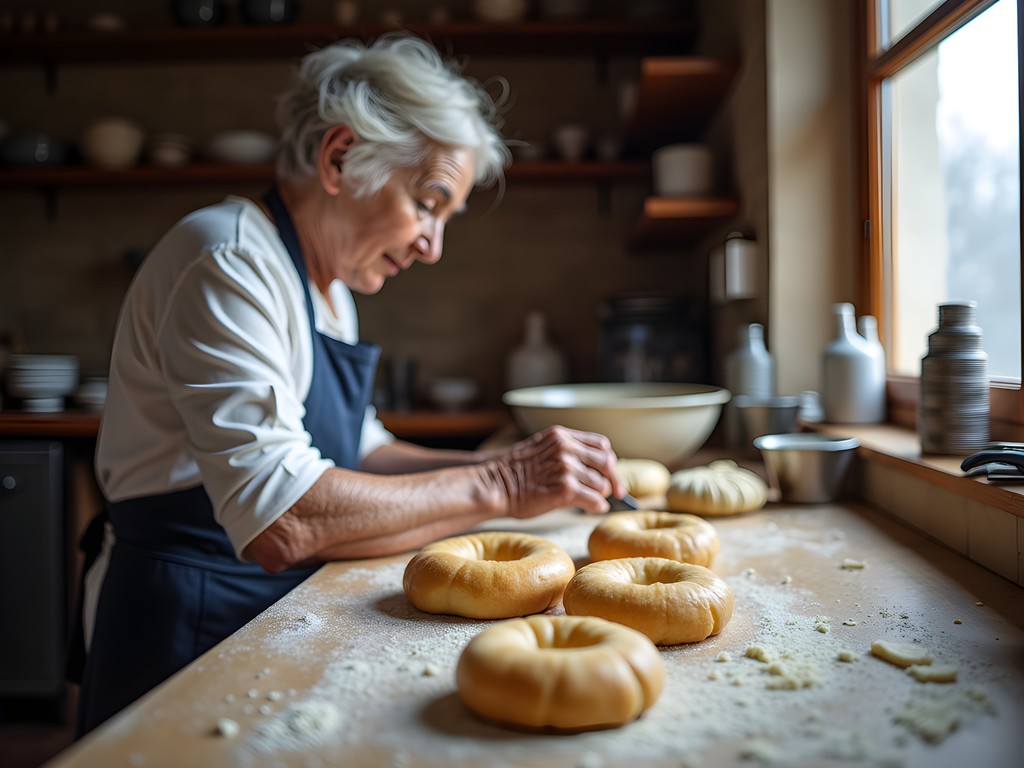
💡 Pro Tips
- Visit pastry shops between 3-5pm when locals enjoy their coffee and cake break
- Ask about regional variations—many pastries have distinct Transylvanian interpretations
- Try covrigi (Romanian pretzels) from street vendors for an authentic on-the-go snack
Sibiu Food Festival: A Celebration of Gastronomic Identity
If you're planning a fall visit to Sibiu, timing your trip around the annual Sibiu Food Festival offers an unparalleled opportunity to experience the region's gastronomic diversity in one vibrant celebration. As someone who's attended food festivals across three continents, I can confidently say Sibiu's stands out for its authentic connection to local producers and cultural heritage.
Held each September in the Grand Square, the festival transforms the historic center into a living museum of Transylvanian cuisine. What impressed me most was the festival's thoughtful organization—rather than random food stalls, the layout creates a geographical journey through Romania's culinary regions, allowing visitors to understand how landscapes shape food traditions.
'We want people to taste the differences between mountain cheeses and valley cheeses, between forest honey and meadow honey,' festival director Oana Coantă explained. 'These subtle variations tell the story of our land.'
Unlike many food festivals that cater primarily to tourists, Sibiu's event maintains a genuine community focus. Local families participate in multigenerational cooking demonstrations, with grandmothers showing techniques for stretching strudel dough thin enough 'to read a newspaper through it' while their grandchildren assist. These knowledge-transfer moments perfectly embody what sustainable cultural tourism should be.
The festival also showcases Sibiu's progress as a smart city, with digital information systems helping visitors navigate food allergens, sustainability practices, and producer backgrounds via QR codes—technology enhancing rather than replacing human connection.
One afternoon, I participated in a workshop on fermentation techniques, where traditional methods for making muraturi (Romanian pickled vegetables) were explained alongside contemporary approaches to fermentation. My travel journal quickly filled with notes on brine percentages and fermentation timelines that I've since applied to my own preserving experiments back home.
The festival culminates in a spectacular outdoor dinner where long tables fill the square and strangers become friends over shared platters—a powerful reminder that food remains our most universal language despite technological and cultural divides.

💡 Pro Tips
- Book accommodations well in advance if visiting during the festival weekend
- Purchase the festival passport for access to special tastings and workshops
- Bring a reusable shopping bag for artisanal food purchases—plastic bags are discouraged
From Farm to Table: Agritourism Beyond City Limits
While Sibiu's urban gastronomy scene deserves every accolade, some of my most memorable culinary experiences happened just beyond the city limits, where rural agritourism offers an immersive understanding of Transylvania's food systems. As an urban planner fascinated by city-rural connections, exploring these agricultural landscapes provided crucial context for appreciating Sibiu's cuisine.
Just 20 minutes from the city center, the village of Rășinari offers a perfect case study in sustainable rural development through food tourism. Here, shepherding traditions dating back centuries remain economically viable thanks to direct farm-to-consumer connections. At Stâna Traditionala, shepherd Vasile Mărginean continues making brânză de burduf cheese using methods unchanged since his great-grandfather's time.
'The sheep graze different mountain herbs depending on the season,' Vasile explained as he demonstrated the traditional cheese-pressing technique. 'This changes the flavor profile throughout the year—something industrial production cannot replicate.'
What's remarkable about these rural experiences is how they've adapted to contemporary expectations without compromising authenticity. At Pensiunea Maria in Sibiel village, traditional home-cooking experiences include professional-grade kitchens that meet modern hygiene standards while preserving wood-fired cooking methods that impart distinctive flavors to dishes like bulz (polenta stuffed with cheese and cooked in embers).
During my visit to the Saxon village of Cisnădioara, I participated in a traditional pig slaughter festival—an intense experience that confronted me with the realities of meat production often hidden in urban environments. While challenging for many modern sensibilities, these events demonstrate a community's respect for animals by utilizing every part and sharing the meat among neighbors—a stark contrast to anonymous industrial meat production.
For those interested in documenting these rural food experiences, I found my waterproof notebook invaluable during farm visits where conditions often involved mud, rain, or sticky food preparation areas. The ability to take notes regardless of conditions helped me capture details about production methods I might otherwise have forgotten.
These rural experiences aren't merely tourist attractions—they're living examples of how traditional agricultural knowledge can inform sustainable development. The short supply chains, seasonal production rhythms, and zero-waste approaches offer valuable lessons for urban food systems worldwide.
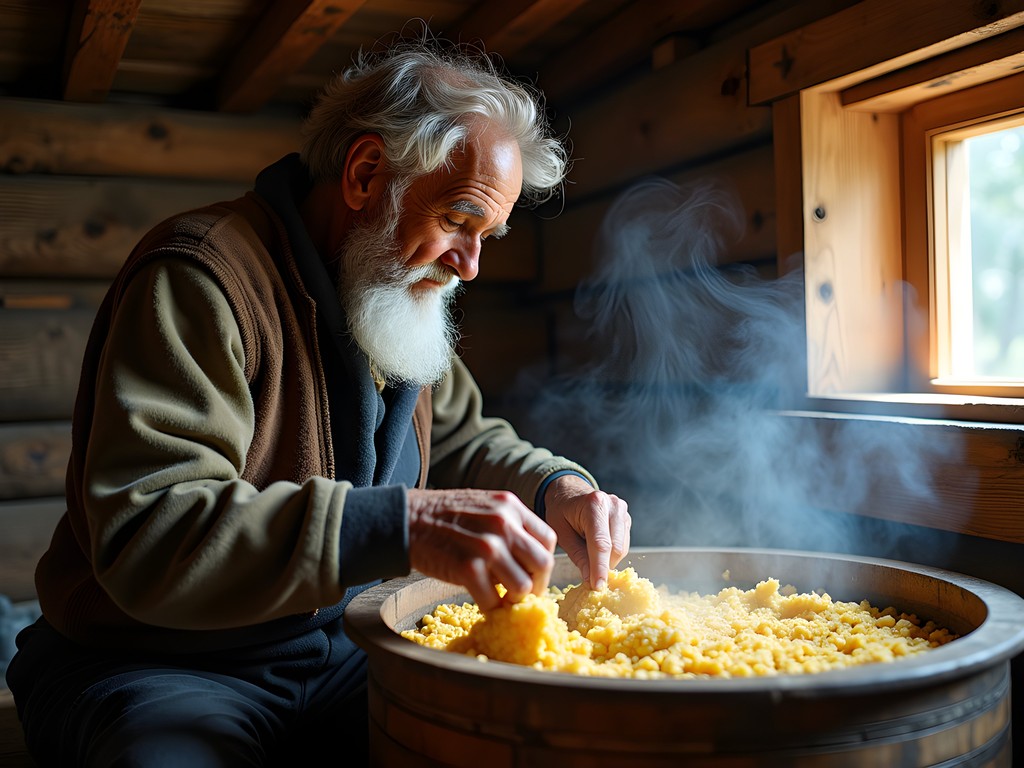
💡 Pro Tips
- Arrange rural visits through Sibiu Tourist Information Center for the most authentic experiences
- Bring cash for farm purchases as card payments are rarely accepted in villages
- Schedule village visits for mornings when production activities like milking and cheese-making typically occur
Final Thoughts
As I savor my final meal in Sibiu—a modern reinterpretation of sarmale at Jules Restaurant where cabbage rolls are paired with a reduction sauce rather than traditional broth—I reflect on how this Transylvanian city exemplifies thoughtful culinary evolution. What makes Sibiu special isn't just the preservation of recipes but the preservation of philosophy—a commitment to seasonal rhythms, producer-consumer connections, and food as cultural storytelling. The city has managed the delicate balance of honoring tradition while embracing innovation, creating a gastronomic identity that feels simultaneously authentic and forward-looking. Whether you're exploring morning markets, learning centuries-old baking techniques, or discussing contemporary coffee culture with local baristas, Sibiu offers couples a shared journey through flavors that tell the story of Transylvania far more eloquently than any guidebook. As you plan your own culinary weekend here, remember that the most memorable experiences often happen when you venture beyond the expected—strike up conversations with producers, ask about family recipes, and always save room for papanași.
✨ Key Takeaways
- Sibiu balances traditional Transylvanian cuisine with modern culinary innovation
- Fall offers the richest culinary experiences with harvest festivals and seasonal ingredients
- The most authentic food experiences extend beyond the city into surrounding villages
- Understanding the cultural context of dishes enhances appreciation of Transylvanian cuisine
📋 Practical Information
Best Time to Visit
September-October for harvest season and food festivals
Budget Estimate
€50-80 per person per day for meals and culinary experiences
Recommended Duration
3-4 days for a comprehensive culinary exploration
Difficulty Level
Beginner

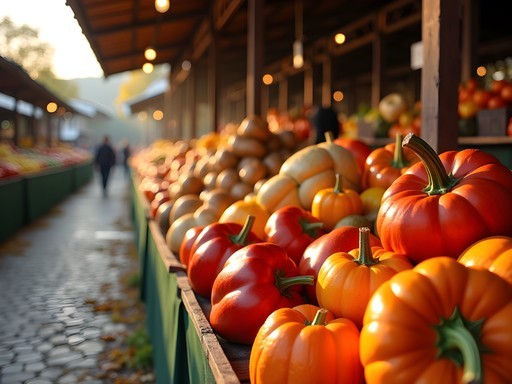




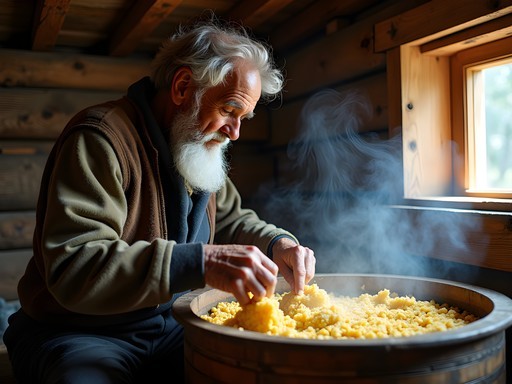







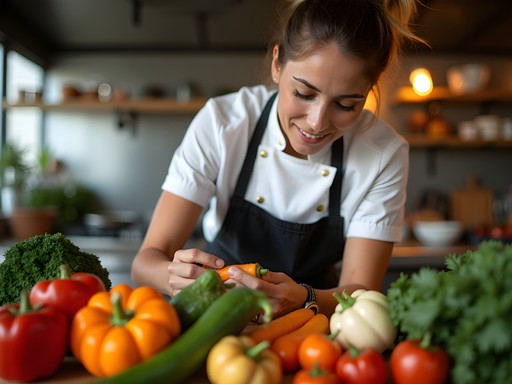

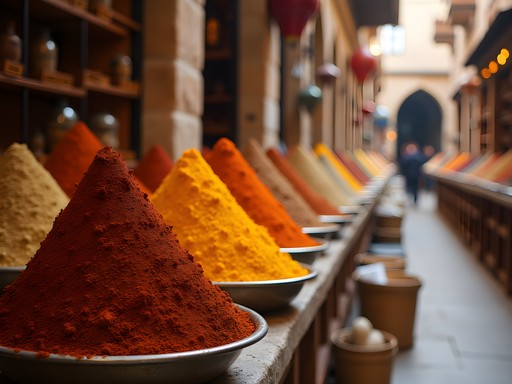
Comments
Hayden Butler
Savannah, your post brought back so many memories! I stayed at the Continental Forum hotel right on the Grand Square last October, and waking up to those morning markets was magical. The contrast between old-world charm and modern culinary techniques in Sibiu is what makes it special. I'd add that travelers should try to visit during one of their food festivals - I stumbled upon a cheese festival where I tasted over 20 varieties of Romanian cheeses I'd never heard of before! One tip for fellow travelers: I found having a good food guide really helped navigate the local specialties and their cultural significance. Looking forward to your next Transylvanian adventure!
blueperson
A cheese festival sounds amazing! Was it expensive to eat out in Sibiu compared to other European cities?
Hayden Butler
Not at all! Even at the nicer restaurants, I was paying about 30-40% less than equivalent meals in Western Europe. A full traditional meal with drinks at a good restaurant was around $20-25 USD. Street food and market finds were incredibly affordable - just a few dollars for delicious local treats.
blueperson
This looks amazing! I'm planning a trip to Romania next spring and never considered Sibiu before. What traditional dish would you say is an absolute must-try there?
Hayden Butler
Not the author but I was in Sibiu last year! You absolutely must try 'tochitură' - it's this incredible pork stew served with polenta and a fried egg on top. I had it at a place called Crama Sibiul Vechi in the old town and still dream about it. The local țuică (plum brandy) is also an experience, though proceed with caution! 😉
blueperson
Thanks so much! Adding tochitură to my must-eat list. How strong is that plum brandy? 😅
Hayden Butler
Let's just say after two glasses, I was convinced I could speak fluent Romanian! It's typically 40-60% alcohol, so sip slowly and enjoy with food. I recommend bringing back a bottle - makes for great dinner party stories back home.
starchamp
OMG I can't believe someone finally wrote about Sibiu's food scene!!! I've been RAVING about it to my friends for months but nobody believed me that Romania has such incredible cuisine! Those little cheese pastries - plăcinte - are LIFE CHANGING!!! And the way they do polenta (mămăligă) with cheese and sour cream... I literally dream about it sometimes. Savannah you absolutely nailed it with this post! The photos make me want to book a flight RIGHT NOW!!! 😍😍😍
happygal
Great post! Any recommendations for vegetarian options in Sibiu?
adventurevibes
Try Pasaj! They have amazing veggie options with local ingredients. The mushroom ciulama is fantastic.
greenwanderer
This looks incredible! I've never tried Romanian food before. Is it very meat-heavy or are there good options for vegetarians too?
Savannah Kelley
Great question! Traditional Romanian cuisine is pretty meat-focused, but Sibiu has evolved nicely. Many restaurants now offer vegetarian versions of classics like stuffed peppers with rice and mushrooms instead of meat. The markets have amazing fresh produce, and don't miss 'bulz' - a vegetarian polenta dish with sheep cheese that's absolutely divine!
greenwanderer
That bulz dish sounds perfect! Thanks for the tip!
Gregory Boyd
Great post, Savannah! I backpacked through Romania last year and Sibiu was definitely a culinary highlight. The contrast between traditional Saxon influences and modern interpretations creates something truly unique. I'd add that the morning market is best visited before 8am if you want to see the local farmers setting up and get the freshest produce. The elderly ladies selling homemade zacuscă (vegetable spread) near the back entrance will often let you sample before buying. Also worth noting that many restaurants close between lunch and dinner (around 3-5pm), so plan accordingly. I found carrying a small Romanian phrasebook really helped at the markets where English isn't as widely spoken.
Savannah Kelley
Thanks for the additional tips, Gregory! You're absolutely right about the market timing - those early morning visits reveal a whole different side to the experience. And yes, the afternoon closing is something I should have mentioned!
Fatima Sims
Sibiu's food scene was one of my best discoveries last year! While everyone talks about the traditional dishes (rightfully so), I found the coffee culture absolutely fascinating. The café Savannah mentions, Arhiva de Cafea și Ceai, became my daily workspace for a week. The owner, Mihai, sources beans directly from small farms and can tell you stories about each variety that will make you appreciate every sip. If you're into coffee culture, bring a coffee journal to document the different roasts you try. My favorite memory: sitting in the Small Square at sunset, sipping Romanian wine with a plate of local cheeses, watching the city's famous 'eyes' (the attic windows) seemingly wink as the light changed. Pure magic!
tripbackpacker
I missed Arhiva de Cafea și Ceai somehow! Adding it to my list for next time. Those 'eyes' windows freaked me out a little at first until someone explained what they were 👀
waveadventurer
Those cabbage rolls at Jules Restaurant sound amazing! Definitely adding Sibiu to my bucket list for next year!
Gregory Boyd
Trust me, they're worth the trip alone. I was there last spring and the modern take on traditional dishes is mind-blowing. The local wines are surprisingly good too!
waveadventurer
Any specific wine you'd recommend? I'm not familiar with Romanian varieties at all.
Gregory Boyd
Look for Fetească Neagră - it's a local red grape variety that pairs perfectly with those hearty Transylvanian dishes. Most restaurants in Sibiu have it!
wanderstar
Just booked flights to Romania for October! Perfect timing for this post 🙌
starchamp
You're going to LOVE it!! The autumn colors in Transylvania are AMAZING and the food is even better when it's chilly outside. Make sure you try papanași - those donuts with jam and cream changed my life!!! 😍😍😍
Douglas Bradley
Savannah's article captures Sibiu's fascinating culinary evolution, but I'd add that the regional differences within Transylvanian cuisine are worth exploring too. The Saxon influence in Sibiu creates a distinct food identity compared to Hungarian-influenced areas just hours away. I spent three weeks researching this last autumn and found that traditional restaurants like Crama Sibiul Vechi offer the most authentic experience of pre-communist recipes, while places like Jules Restaurant represent the new wave of chefs reinterpreting tradition. For anyone visiting, I recommend tracking down 'tochitură' - a hunter's stew that varies dramatically between villages. I documented regional variations in my recent article on Eastern European culinary preservation if anyone's interested in the historical context behind these dishes.
Venture X
Premium card with 2X miles, $300 travel credit, Priority Pass